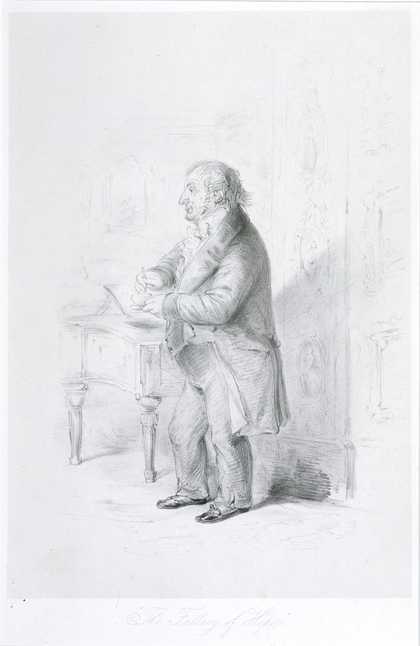Biography
Charles Joseph Hullmandel (15 June 1789 – 15 November 1850) was born in London, where he established and maintained the first lithographic establishment in London on Great Marlborough Street from about 1819 until his death. He introduced various improvements to the process including what he called the lithotint. Greatly reducing the cost from older copperplate engravings they made reproductions of artwork more accessible and contributed to numerous publications in the period.
This biography is from Wikipedia under an Attribution-ShareAlike Creative Commons License. Spotted a problem? Let us know.
Read full Wikipedia entry

